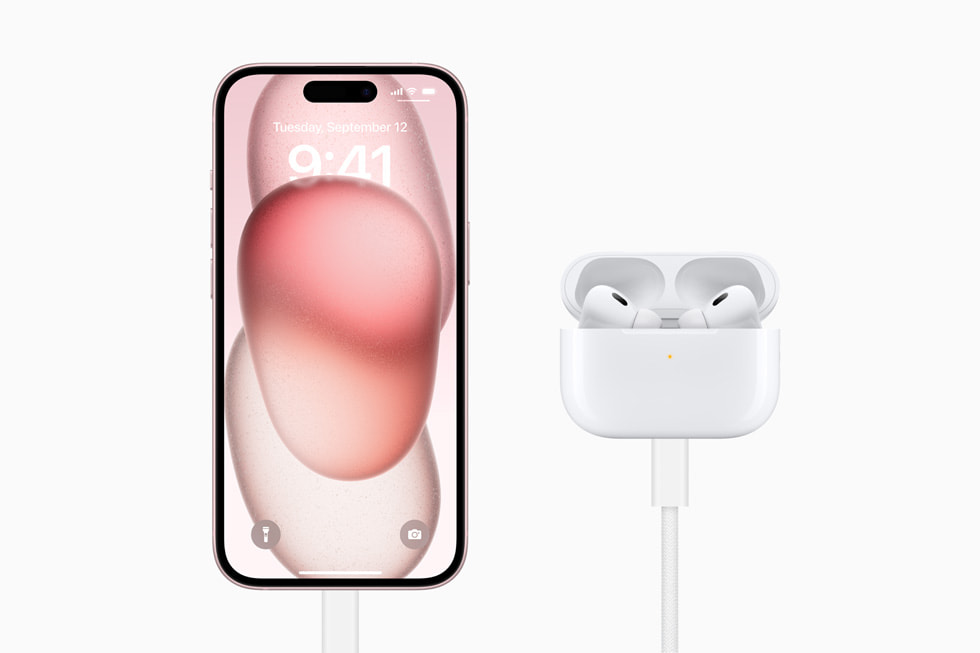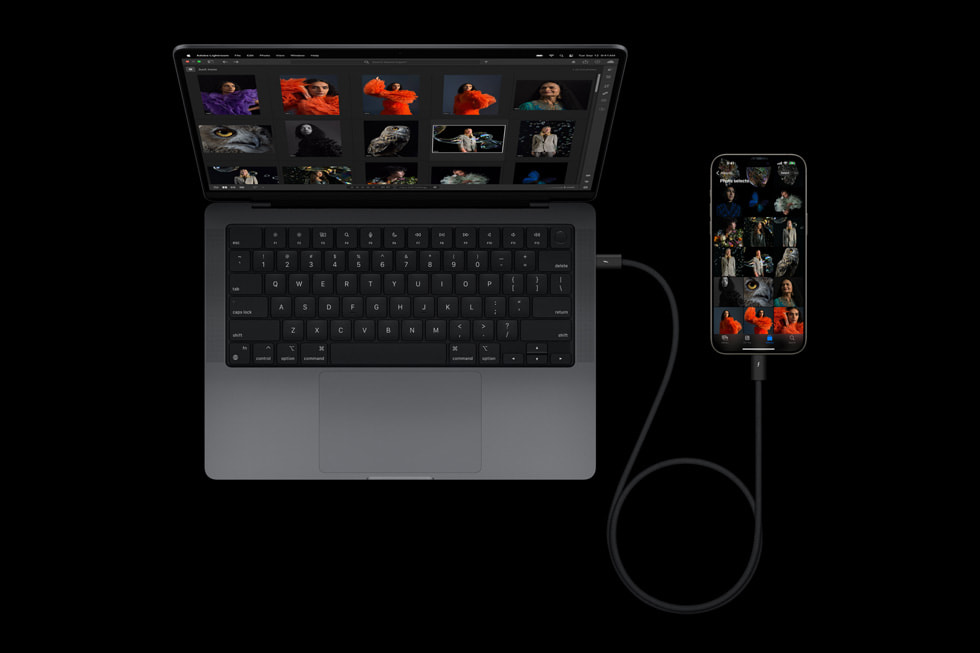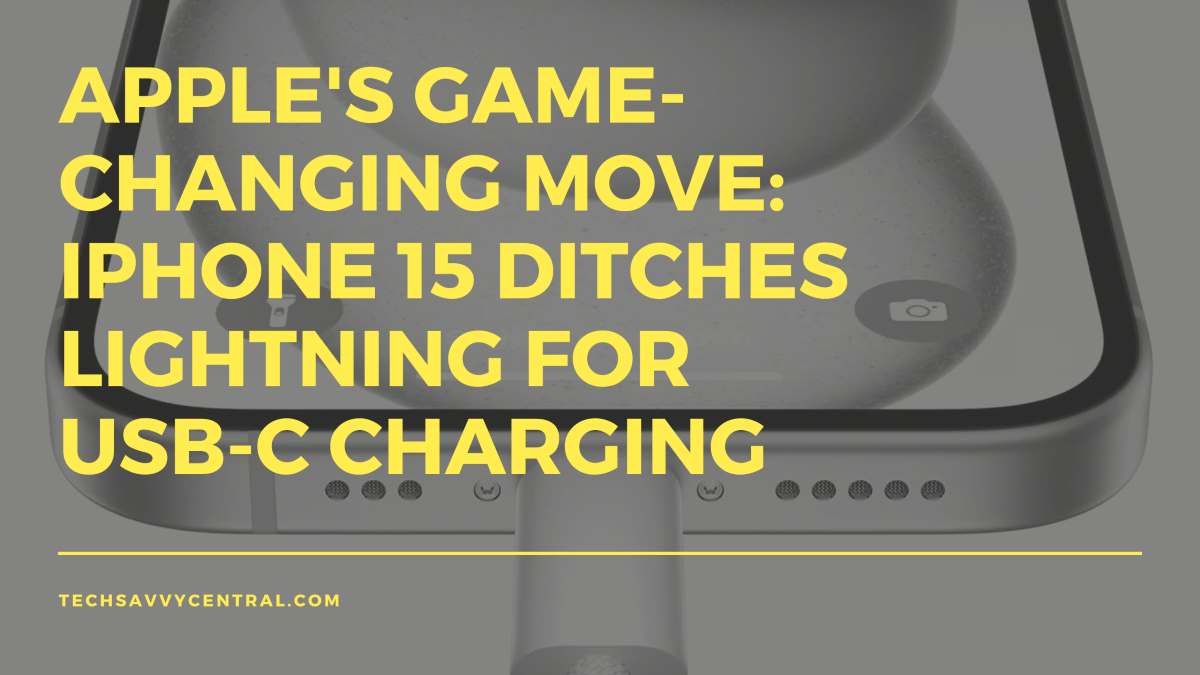Apple introduced its latest creation, the iPhone 15, on Tuesday, showcasing its vibrant range of color options. For many, the event represented a chance to admire the company’s technological innovations in the smartphone arena. People were excited about the prospect of capturing spatial videos with the Pro model, envisioning the fantastic photos they could take with the upgraded camera, and deliberating between the new pink and titanium finishes.
However, the most significant change for the average consumer, like myself, is something Apple didn’t initially plan to do. All iPhone 15 models will now use a USB-C connector for charging instead of the familiar Lightning port. While this may not seem groundbreaking initially, let me explain why it’s actually quite significant.
Consider how you use your iPhone in your daily life. Personally, I use it for navigation with Maps, texting, making calls, endlessly scrolling through TikTok, and checking emails. Most of these activities don’t require anything more than a keyboard and a Wi-Fi connection.

What I rarely use are the advanced features that Apple promotes as life-changing. Features like Force Touch and Cinematic mode have never been part of my routine. I’m still content with iOS 15 because I haven’t found a compelling reason to upgrade to iOS 16, let alone the upcoming iOS 17.
What I genuinely need, as an average user, is a universal charging port that is robust and doesn’t break easily. Currently, I can only charge my iPhone 13 wirelessly because my Lightning port, which has been problematic on all my previous phones, is no longer functional. Apple’s proprietary charging system, despite its clever branding, has been far from durable. In fact, Lightning cables are known for their tendency to break.

While my personal experience might not be unique, the transition to USB-C is a positive development for all users. Even if your Lightning port has never given you trouble, the move to USB-C still offers advantages. It might not be the flashiest change, but it’s a practical one. Now, all your devices can be charged using the same cable. Say goodbye to carrying a bundle of cords everywhere you go and hello to being able to borrow a charger from your friends who use Android devices. It’s like entering a more interconnected world.
To be clear, Apple didn’t choose this path voluntarily. They presented it as part of their long-term plan, but in reality, it’s a response to a law passed by the European Union requiring universal compatibility via USB-C by 2024. Apple had no choice but to align with the rest of the world and make their phones compatible with the same port as their laptops and tablets. They can showcase all the fancy buttons and top-notch cameras they want, but this change genuinely matters to everyday users like you and me.
So, I’ll likely be upgrading to the iPhone 15 soon because, well, my current phone can’t even charge anymore. I’m not sure if I’ll ever fully utilize the Dynamic Island feature, but I’ll certainly appreciate being able to use my laptop charger with my phone and vice versa. Somewhere, some Apple executive may not be thrilled about this shift, but for that, I am grateful.
